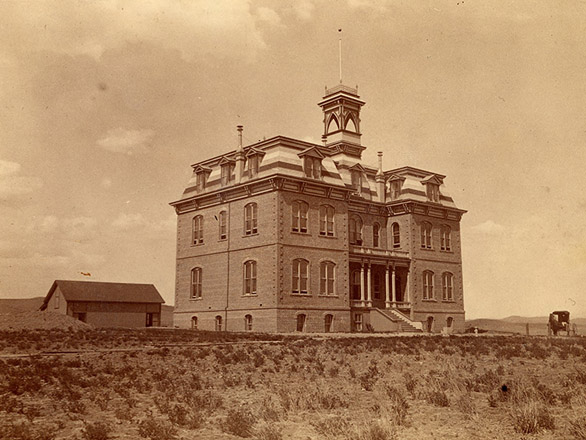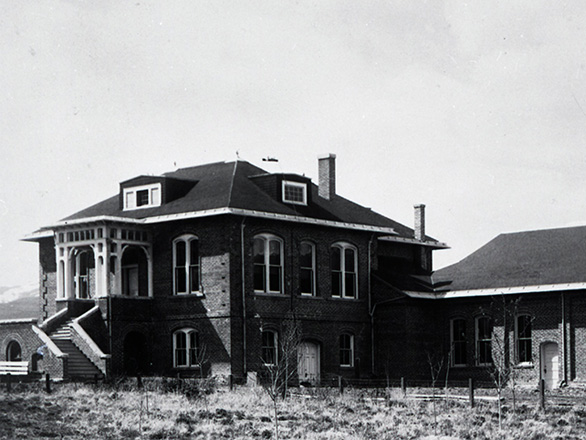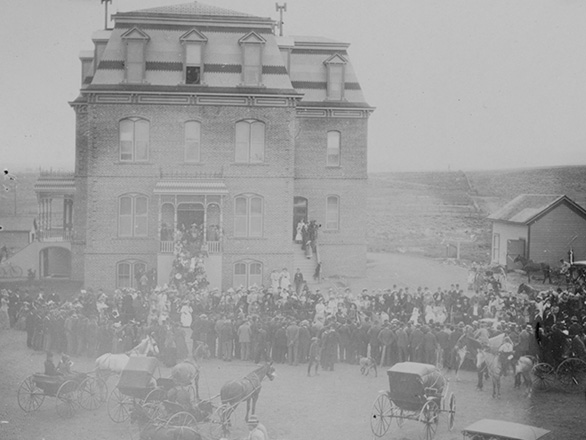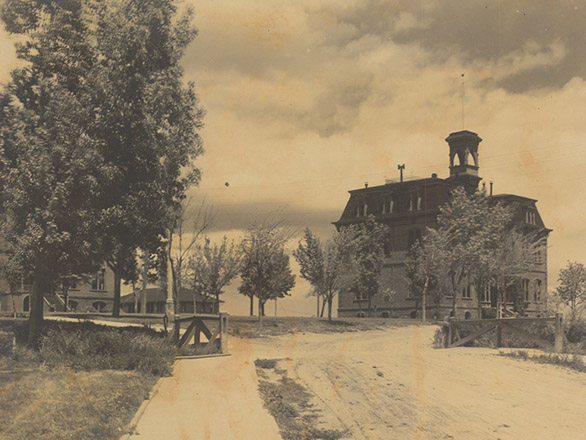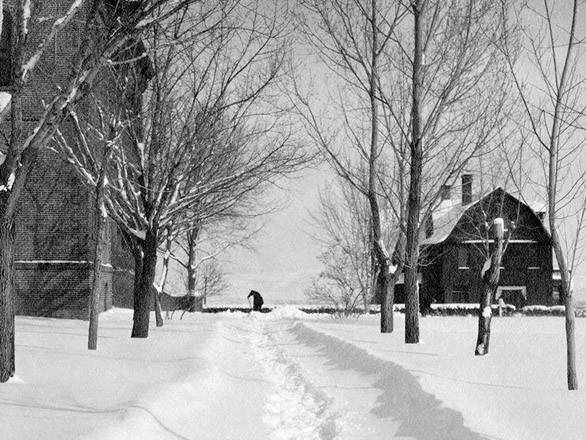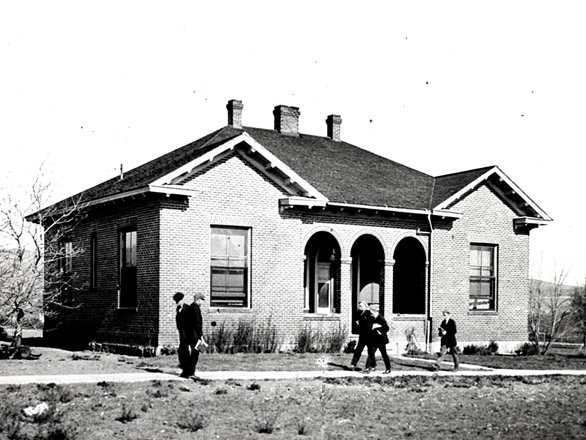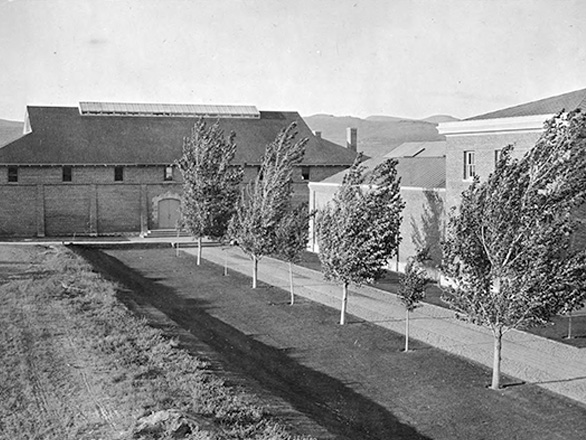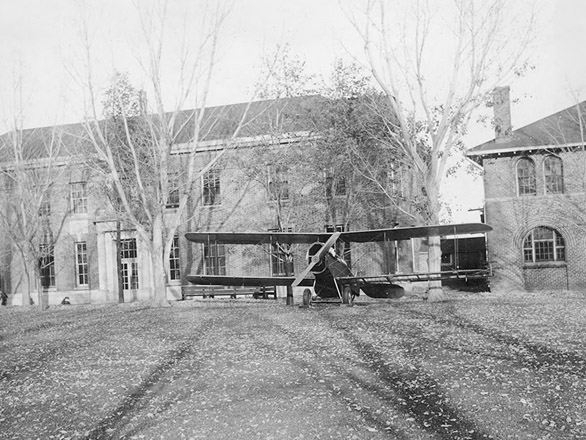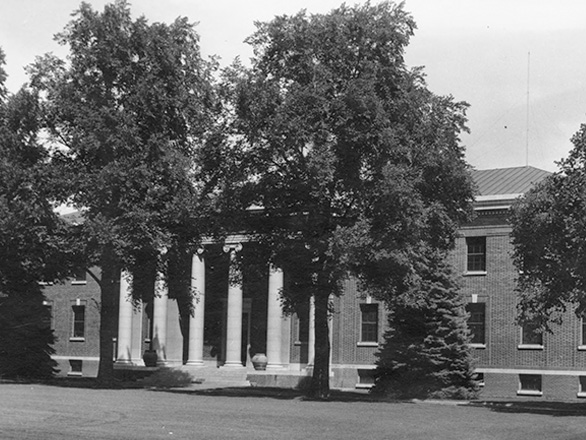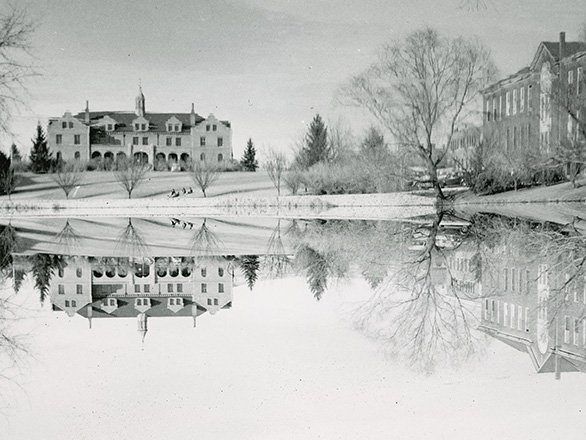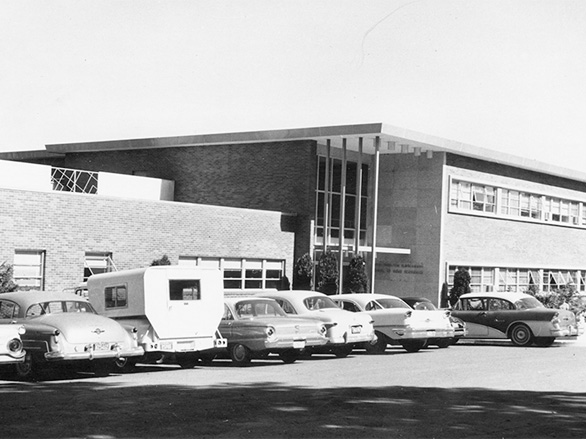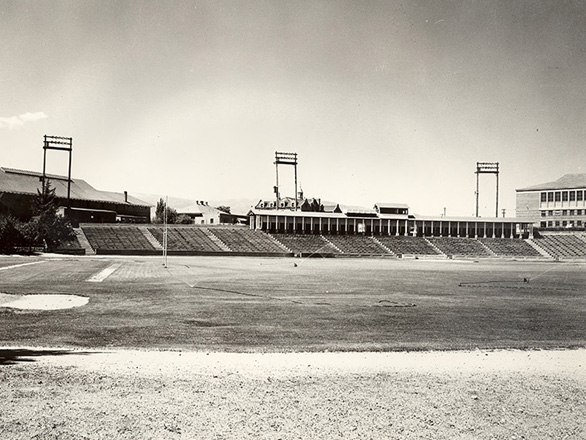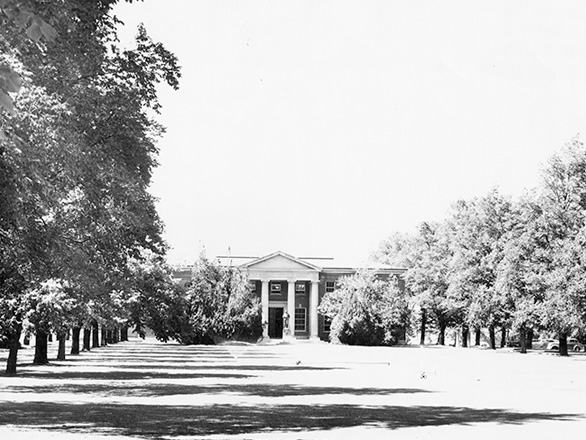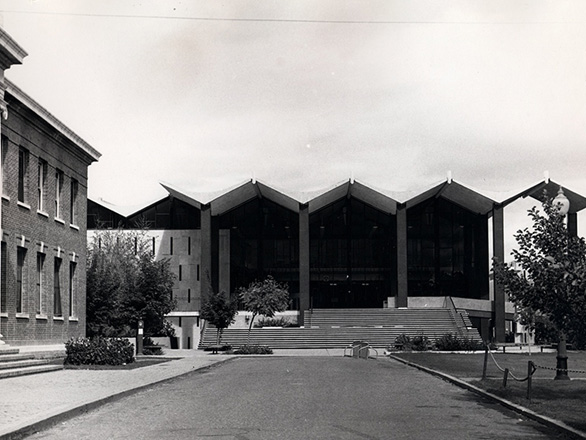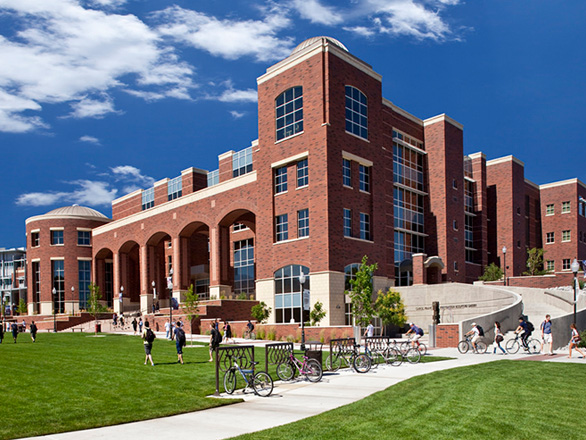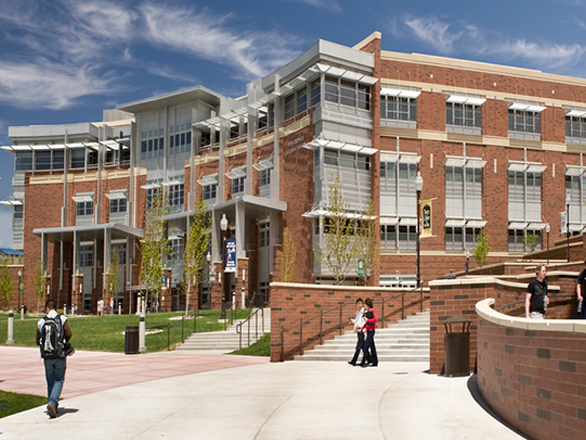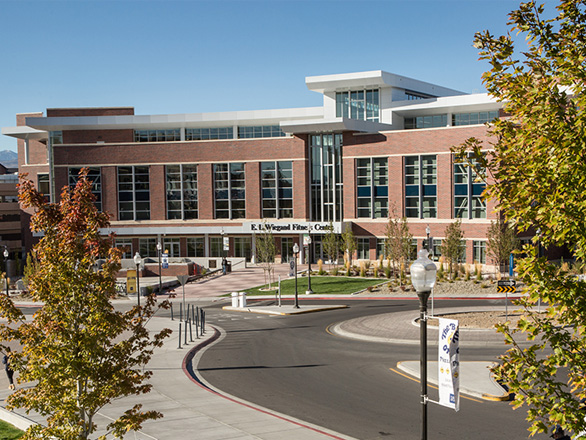In 2019, the University learned that it achieved one of the most prestigious honors an institution of higher learning can ever receive: It was chosen as one of just 130 universities by the Carnegie Classification of Institutions of Higher Education as an “R1” institution — “very high research activity” — which is reserved for doctoral-granting universities with exceptional levels of research activity. In 2020, it was announced that the University had reached the prestigious Carnegie Classification for Community Engagement, becoming one of only 119 institutions in the country so honored.
In late 2021, the University learned that it had again reached the prestigious Carnegie “R1” classification in the latest Carnegie Classification update cycle. Reflective of this continued institutional trajectory were other important records. For the eighth consecutive year, research expenditures reached a new institutional record, totaling $168 million for FY 2021. The University celebrated new milestones in 2021 in three key areas, including the most National Science Foundation early CAREER faculty awardees in a single year (eight, representing four colleges), a Sloan Fellowship recognizing early career faculty with potential to revolutionize their field of study and a National Endowment for the Humanities Fellowship. Notably, Graduate School enrollment and the growth of Ph.D. programs at the University have also achieved record numbers.
During summer 2021, it was announced that the University had entered into collaborative agreements with a number of partners throughout the state that promised to yet again raise the University’s profile and impact. The agreements included a partnership (pending approval by federal, state and higher education regulatory bodies) with the campus of Lake Tahoe’s Sierra Nevada University in an effort to broaden the University’s ability to expand academic programming for students while enriching their living, learning and discovery environments; a partnership agreement between the University of Nevada, Reno School of Medicine and Renown Health which established the first fully integrated health system in Nevada and expanded clinical training and clinical research programs as well as access to clinical care for all Nevadans; plus agreements with the Clark County and Washoe County School Districts to create cohorts of students at the high school level in an effort to make college a real possibility for more families in Nevada.
